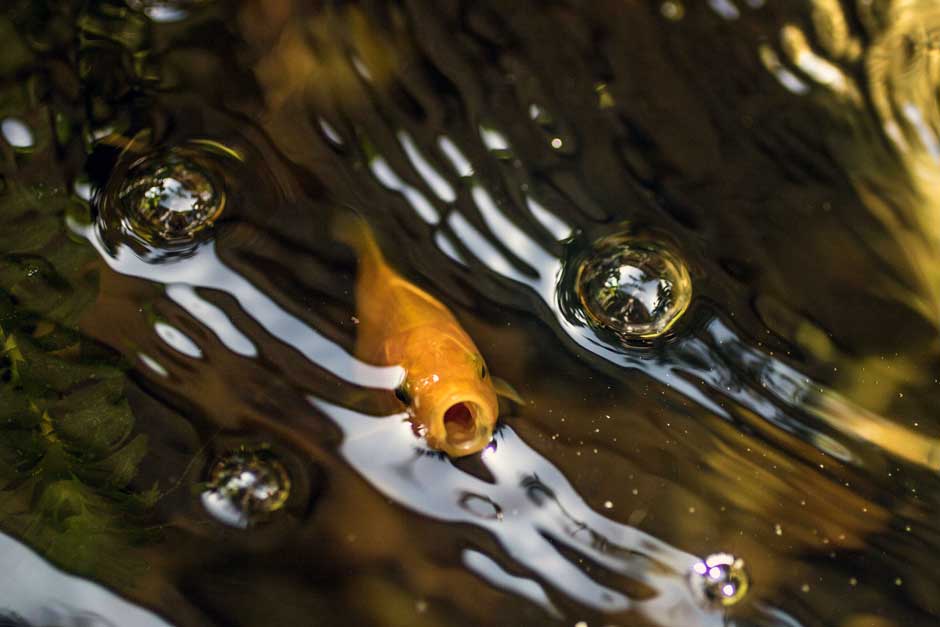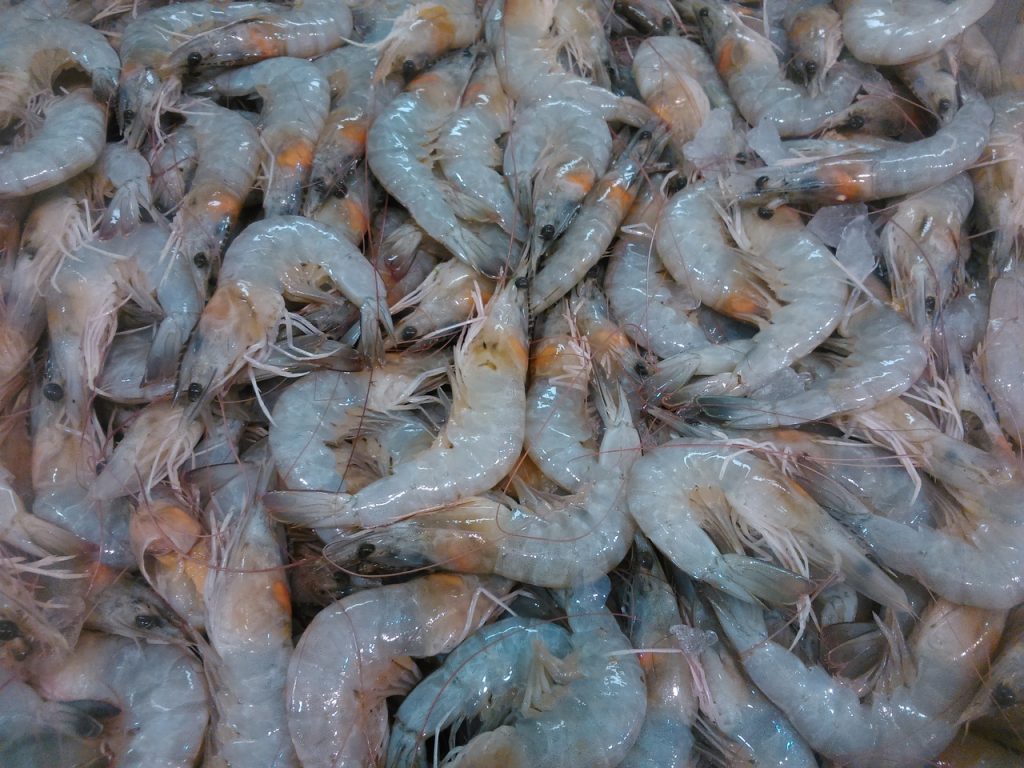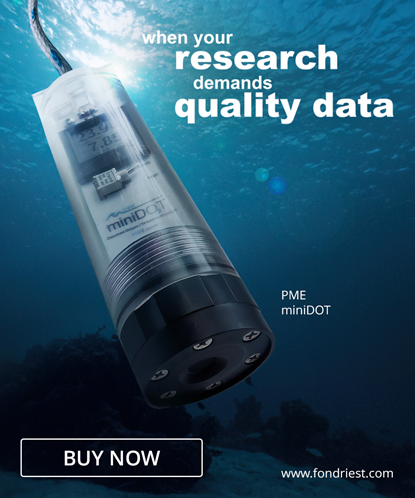Use Hydrogen Peroxide to Boost Dissolved Oxygen Levels in an Emergency

We’ve been talking about dissolved oxygen on this blog for a few posts now, most recently about using aerators to boost dissolved oxygen. Aerators, we found, were extremely important in the fight against hypoxic conditions.
But, aerators might not always be an option. The power goes out and your backup generator might not start. Or maybe, like many aquaculture farmers, you can’t afford an aerator and don’t have one at all.
In these cases, you might shift your thinking from mechanical aeration to chemical aeration. Toss some hydrogen peroxide in with your fish.
Well, it’s not that simple, but with proper research and preparation, hydrogen peroxide (or another chemical) can get you out of your dissolved oxygen bind.
What can hydrogen peroxide do for me?
Besides being a longstanding home treatment for minor cuts and scrapes, hydrogen peroxide has a history of use—if a shorter one—in aquaculture, both as a source of dissolved oxygen and disinfection.
When hydrogen peroxide mixes with water, a chemical reaction occurs. Hydrogen peroxide breaks apart into water and oxygen gas. The reaction can be written like this:
2H2O2 —> 2H2O + O2
The equation makes clear why hydrogen peroxide is such a useful tool in aquaculture. For every two molecules you add, you get one of dissolved oxygen and two of water. Simple and effective.
In one experiment, researchers in Pakistan added hydrogen peroxide to sealed bottles containing young fish. After 72 hours, somewhere between 86 and 100 percent of fish in bottles treated with hydrogen peroxide were alive. In a control bottle, which received no hydrogen peroxide, all the fish died.
While this experiment isn’t a perfect representation of what happens in aquaculture ponds (the researchers were studying transporting fry from hatcheries), it does provide a clear illustration of the fact that hydrogen peroxide is useful in providing dissolved oxygen to water.

Intensively farmed shrimp are susceptible to dissolved oxygen crashes. (Credit: asepwaraz; pixaby.com)
Using hydrogen peroxide in aquaculture
Dissolved oxygen depletes in an aquaculture pond mostly because of respiration by fish. But, a smaller, though still significant, portion of the oxygen is used by bacteria involved in aerobic decomposition of organic matter within a pond.
This is why hypoxic or anoxic conditions occur after an algal bloom. Even in large, open bodies of water, a bunch of dead algae starting to decompose quickly depletes dissolved oxygen as bacteria break it down. Even in a body of water as big as the ocean, the rapid decomposition of algae can lead to hypoxic zones, where fish have to either leave or suffocate. This process also occurs in an aquaculture pond.
Besides adding dissolved oxygen directly to the water, hydrogen peroxide has an additional benefit of accelerating decomposition and disrupting some bacteria that use up all the oxygen.
The more common use of hydrogen peroxide (at least in the United States) is application to treat certain fungal or bacterial diseases that can harm and kill aquaculture fish.
What can go wrong with hydrogen peroxide in aquaculture?
The byproducts of hydrogen peroxide application are oxygen and water, two naturally occurring components of any aquatic ecosystem. It means reasonable application of hydrogen peroxide is generally safe and environmentally friendly.
However, there are some ways hydrogen peroxide applications can go wrong, particularly when you add too much.
Another experiment run in Pakistan showed that hydrogen peroxide was more or less effective in different seasons. This shouldn’t be surprising, as warm water is known to hold less oxygen than cold. The experiment showed that in both hot and cold temperatures, applying hydrogen peroxide could reach levels dangerous for fish. In both summer and winter, as more and more hydrogen peroxide was added, concentrations grew dangerous for fish. The fish, grass carp in this experiment, began dying in larger numbers.
At the experiment’s most extreme extent, between 80 and 90 percent of fish died, with fish in summer being more vulnerable.
Similar dynamics have been documented in shrimp farms and other intensively farmed fish as well.
Hydrogen peroxide is most often used where animals are farmed intensively. Intensive farming is more susceptible to sudden swings in dissolved oxygen levels and are more likely to need an emergency solution for dangerously low levels.
Ensure hydrogen peroxide is the right (and legal) choice
There are only a few types of and uses for hydrogen peroxide in aquaculture that have been approved by the U.S. Department of Agriculture and regulations vary from place to place. Working with a veterinarian or other authority will ensure you’re using hydrogen peroxide in a safe and approved manner.



0 comments